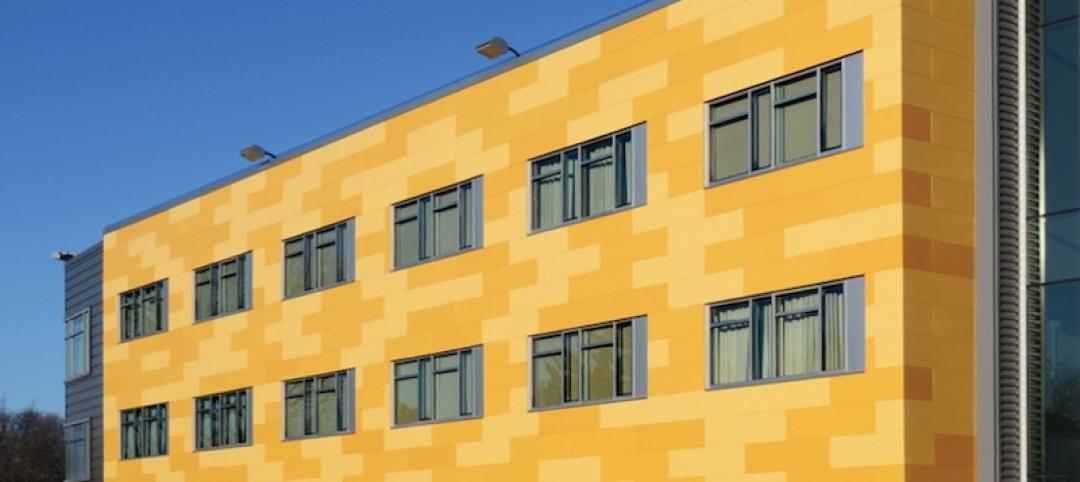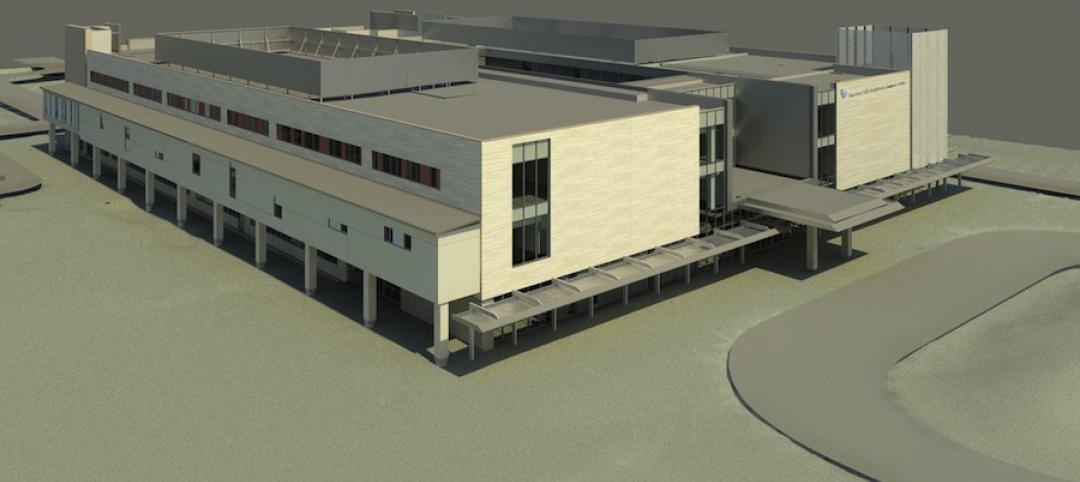The state of healthcare in our nation today is at the brink of significant change, as the passing of healthcare reform impacts everything from how health systems operate to the use of technology in managing and providing care. To help healthcare leaders navigate the increasingly complex environment, DPR Construction (“DPR”), a national technical builder specializing in highly complex and sustainable projects, conducted a year-long study to gather the perspectives of more than 40 CEOs, owners, designers and management consultants. The study found that health economics, healthcare delivery and buildings of the future are three key areas that will become increasingly important to the health industry over the next 10 years.
Using a mix of in-person interviews and online surveys with DPR customers and other leading organizations, DPR’s “Future of Healthcare” study also identified 10 areas of change that will be integral to shaping the industry’s future. These include:
- Accountable Care Organizations
- Pay-for-Performance
- Aging Population
- Electronic Medical Records
- Healthcare Worker Shortage
- Sophisticated Diagnostic and Treatment Equipment
- Handheld Computers and Portable Diagnostic Equipment
- Medical Homes
- Holistic, Patient-Centered Environment
- Evidence-Based Medicine
Health economics
Among study participants, many noted that systems are not fully prepared for the increasing population of aging individuals. When healthcare reform does get fully implemented, 32 million more insured U.S. citizens will skyrocket demand. Both will contribute to an already stressed system, making health economics one of the most critical elements of the industry’s future. While new and upgraded technologies entering the market will put strain on health providers’ and systems’ budgets, being able to deliver health that is patient-centric, centralized and vertically integrated will become increasingly important and help deliver better care while reducing costs.
“We have worked with leading healthcare providers for many years, and we clearly see that 2012 is heading into an unprecedented era in managing health economics. Cash flow is more strained than ever due to continued economic uncertainty and a slow recessionary recovery, making cost cutting a priority for health system executives,” said Hamilton Espinosa, DPR’s National Healthcare Group Leader. “The perspectives of these executives reinforced what we’ve been hearing: providers are seeking to deliver the best care while striving to be cost effective.”
Health delivery
According to the study’s findings, hospitals of the future will only serve acute-care patients. Outpatient facilities will deliver less critical care for less cost, while serving broader regional sites. Detroit-based Beaumont Health System, an 18-year recipient of the “Best Hospitals” ranking by U.S. News & World Report, was one of the study’s participants and discussed the evolution. “The hospital will become just for the highest acuity care. The focus needs to shift to home health, primary care and outpatient care,” said Gene Michalski, CEO of Beaumont Health System.
Additionally, health information technology will remain the backbone of delivery, helping to ensure care is delivered more efficiently to lower overall cost. “We are 20 years behind on IT infrastructure, and IT improvements are taking capital that might otherwise have gone to facilities at this time,” noted study participant John Kemper, CEO of KLMK Group, a leading provider of innovative facility solutions to healthcare owners for more than 25 years.
Buildings of the future
With limited access to capital, many noted that fewer new projects will take place and more renovations will rise, largely driven by the need to meet patient satisfaction standards over the long-term. At the same time, better technology will drive overall innovation in technical construction – meaning buildings of the future will be adaptable, both in terms of patient needs and technology. “As health technologies become more sophisticated and simultaneously require less physical space, server and data center support needs will increase,” said DPR’s Espinosa. “Future building will need to accommodate these trends, with increased emphasis around design and system integration to save on costs.”
Additional operational insights
DPR’s Future of Healthcare study also found that 17% of respondents agreed the formation of Accountable Care Organizations – organizations of healthcare providers who agree to be accountable for the quality, cost and overall care of those enrolled in their program – would have the greatest impact over the next five years, followed by pay-for-performance and the growth of the nation’s aging population (tied at 14 percent). Additionally, growth in implementation of universal platforms of care that offer customizable experiences will also be important, while new kinds of outpatient services will provide many of the medical functions previously confined to the hospital.
For additional study results and findings visit: http://www.dpr.com/assets/docs/the-future-of-healthcare.pdf?/futureofhc. +
Related Stories
| Oct 30, 2013
15 stellar historic preservation, adaptive reuse, and renovation projects
The winners of the 2013 Reconstruction Awards showcase the best work of distinguished Building Teams, encompassing historic preservation, adaptive reuse, and renovations and additions.
| Oct 30, 2013
11 hot BIM/VDC topics for 2013
If you like to geek out on building information modeling and virtual design and construction, you should enjoy this overview of the top BIM/VDC topics.
| Oct 28, 2013
Urban growth doesn’t have to destroy nature—it can work with it
Our collective desire to live in cities has never been stronger. According to the World Health Organization, 60% of the world’s population will live in a city by 2030. As urban populations swell, what people demand from their cities is evolving.
| Oct 18, 2013
Meet the winners of BD+C's $5,000 Vision U40 Competition
Fifteen teams competed last week in the first annual Vision U40 Competition at BD+C's Under 40 Leadership Summit in San Francisco. Here are the five winning teams, including the $3,000 grand prize honorees.
| Oct 18, 2013
Researchers discover tension-fusing properties of metal
When a group of MIT researchers recently discovered that stress can cause metal alloy to fuse rather than break apart, they assumed it must be a mistake. It wasn't. The surprising finding could lead to self-healing materials that repair early damage before it has a chance to spread.
| Oct 14, 2013
The next level of Lean process for healthcare
Most hospitals have begun the Lean process improvement stage to eliminate waste, reduce travel distances, and minimize inventory, with varying levels of success. Here are three keys to creating a prosperous Lean program.
| Sep 24, 2013
8 grand green roofs (and walls)
A dramatic interior green wall at Drexel University and a massive, 4.4-acre vegetated roof at the Kauffman Performing Arts Center in Kansas City are among the projects honored in the 2013 Green Roof and Wall Awards of Excellence.
Sponsored | | Sep 23, 2013
Nichiha USA panels provide cost savings for community project
When tasked with the design and development of a newly constructed Gateway Rehabilitation Center, architects at Rothschild Doyno Collaborative first designed the new center to include metal panels. When the numbers came back, they were challenged with finding a product that would help cut costs and keep them within the construction budget. Nichiha’s fiber cement panels come in a half or less of the metal panel cost.
Sponsored | | Sep 23, 2013
HKS leverages Revu and Bluebeam Studio for IPD on the Banner Health MD Anderson Health Center project
Read how HKS is working collaboratively with all project partners and streamlining information flow using Bluebeam Revu and Bluebeam Studio to digitize communication and deliver the facility using IPD.
| Sep 19, 2013
What we can learn from the world’s greenest buildings
Renowned green building author, Jerry Yudelson, offers five valuable lessons for designers, contractors, and building owners, based on a study of 55 high-performance projects from around the world.

















